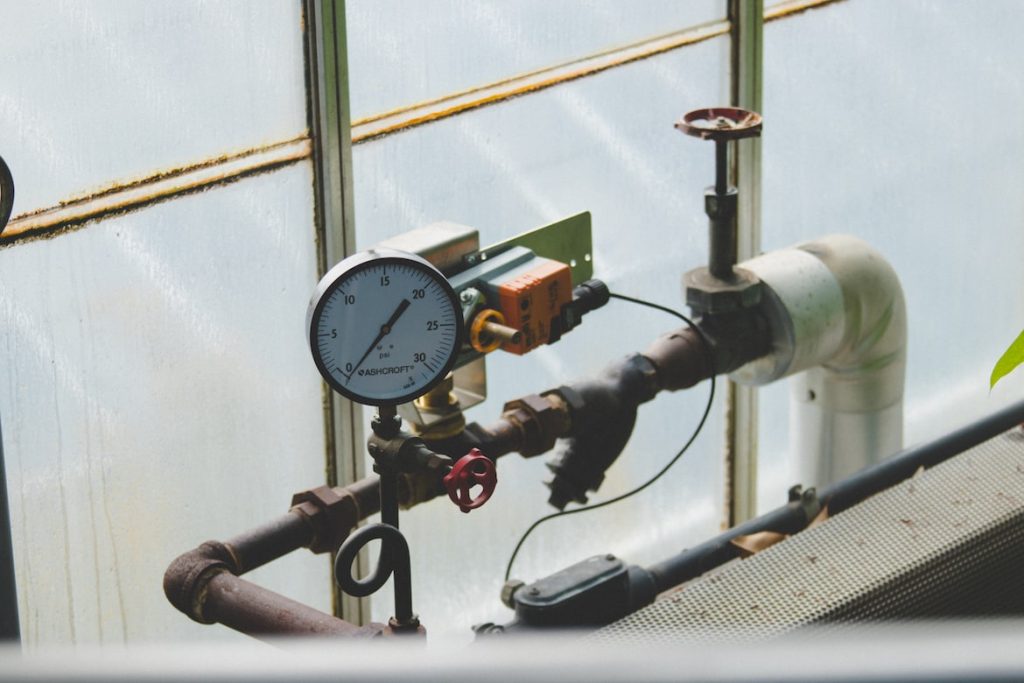Are you worried that your home might have a slab leak? They can cause serious damage to your property and cost thousands in repair bills. Don’t panic! There are ways to spot them before they become an issue, and with some basic maintenance tips, you can prevent them. In this article, we’ll discuss how to recognize leaking slab, and what prevention measures you should take.
What is a Slab Leak
A slab leak is a break or rupture in water piping beneath your foundation or concrete flooring. Therefore, it’s important to familiarize yourself with signs of a possible leak.
If the pipe has eroded over time due to age or wear and tear, it could be sucking up dirt and debris, leading to blockages and further damage. On the other hand, if there’s too much pressure applied on these pipes for long enough periods, it may eventually lead to a crack forming in them.
The most common symptom of leaks is high water bills that don’t seem reasonable, given normal household usage habits. However, depending on the location of the cracked pipe within your property, you might also notice damp carpets & floors, musty odors coming from underneath furniture pieces, wet patches around exterior walls/foundations…etc. All these factors point towards potential leak issues that need addressing as soon as possible before they get worse!
Causes of Leaks
Leaks are often caused by plumbing issues such as water pressure, faulty pipes, or rust buildup. In addition to these underlying problems, soil movement beneath and around your foundation can cause leaks. Here are three key factors that contribute to leaks:
- Plumbing Issues – Plumbing systems may become damaged over time due to poor maintenance and wear and tear. This could include broken or cracked pipes and rusty fixtures and valves which lead to leaking underneath foundations.
- Water Pressure – High levels of water pressure can put additional strain on existing plumbing infrastructure, making it more likely for a failure in the system to result in a leak.
- Soil Movement – Soil shifts can occur naturally from changes in climate or weather patterns resulting in increased stress being placed on the piping beneath your home’s foundation, causing them to crack or break apart, leading to leaking underneath your house.
For homeowners to protect their property from potential damage, it is important to understand how they can be detected before any permanent damage occurs.
Detecting a Leak
Detecting a leak can be difficult, but identifying the signs and symptoms of one is an important step in diagnosing and troubleshooting the issue. Identifying potential problems early on is essential to fix them promptly before serious damage occurs. Here are some key indicators to look out for when detecting a leak:
| Signs of Leak Beneath a Slab | Causes | Prevention Tips |
| High Water Bill | Unidentified water pipe leaks | Monitor bills regularly |
| Wet Spots | Deteriorated or faulty pipes | Have plumbing inspected periodically |
| Low Water Pressure | Corrosion inside piping | Replace corroded pipes sooner than later |
| Hot Floors | Worn O-rings and gaskets | Maintain existing seals and joints |
Many of these signs may not immediately point toward a leak, so it’s important to have your plumbing professionally inspected if you notice any strange behavior with your system. A professional can diagnose the problem quickly using specialized equipment like sonar listening devices or hydrostatic pressure testing machines.

Repairing a Leak
Once a leak has been identified, the repair process must begin. They are typically repaired with one of two methods: rerouting or repiping the line or spot-repairing the affected pipe area. Rerouting and repiping involves replacing an entire section of piping, while spot-repairing involves sealing off the damaged portion and restoring water flow to the rest of the pipes.
The cost of repairing a leak beneath a slab depends largely on the method used; rerouting and repiping can be expensive if the job requires extensive digging and replacement of materials, whereas spot-repairing requires minimal labor costs. In addition to material costs, homeowners should factor in any applicable plumbing services fees charged by professional contractors specializing in leak repairs.
To ensure proper installation, these professionals use specialized tools like sonar detection devices and video camera equipment to inspect underground lines before they start the repair process. By taking appropriate precautions during repairs, homeowners can minimize costly damages down the road associated with leaks.
Conclusion
Leaks beneath can cause major damage to your home if left unchecked. Homeowners need to understand the leak signs and take steps to prevent them from occurring in their homes. By understanding what causes these types of leaks and how they are detected, you can be better prepared to tackle any potential issues that may arise before it gets out of hand.
At PuroClean Zephyrhills, our professional team ensures pipes are properly installed to protect you and your property against costly repairs. If you have a slab leak or any plumbing problems or need services, contact us immediately.

